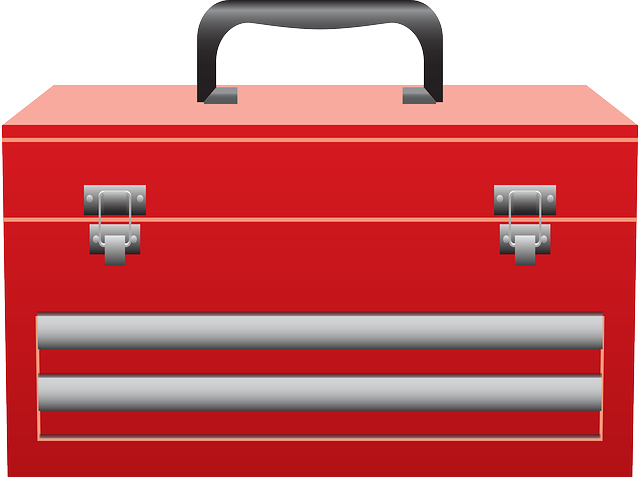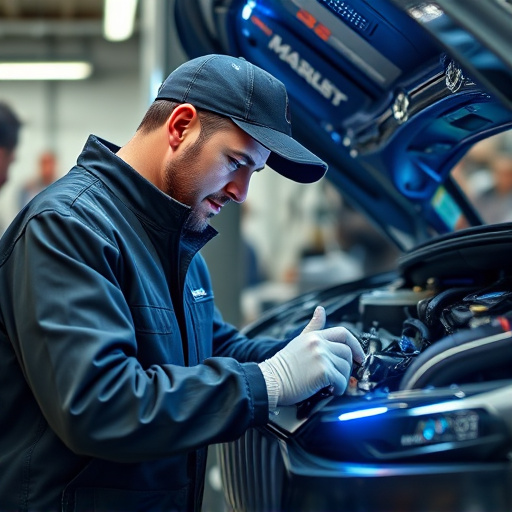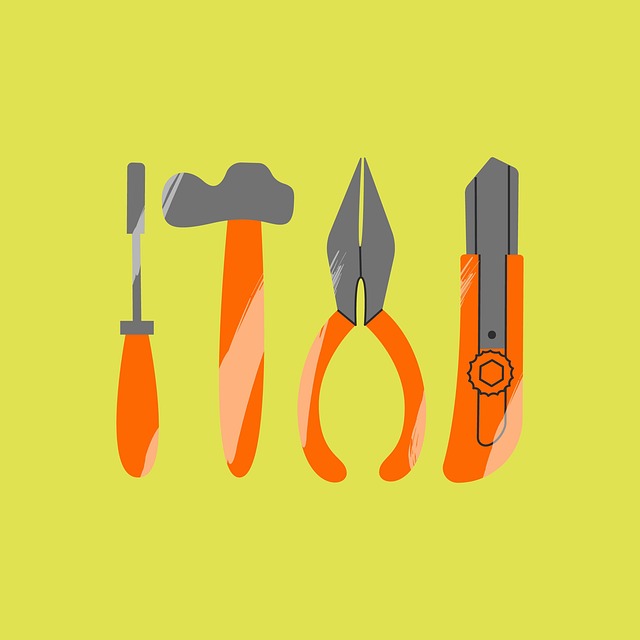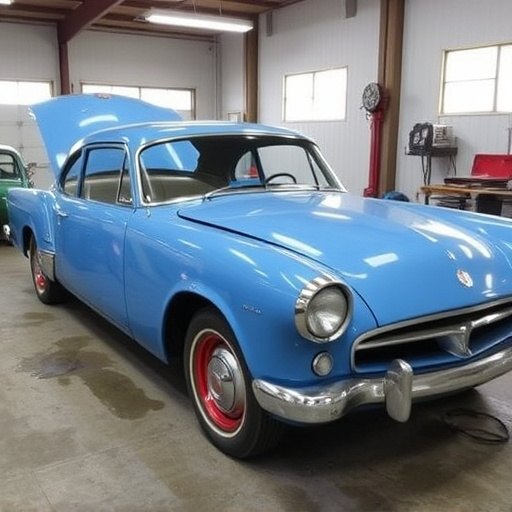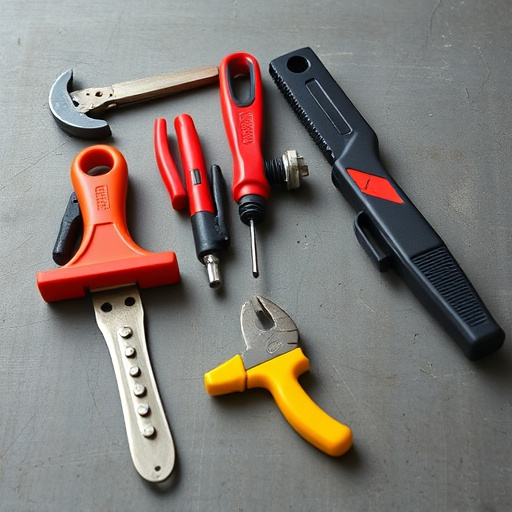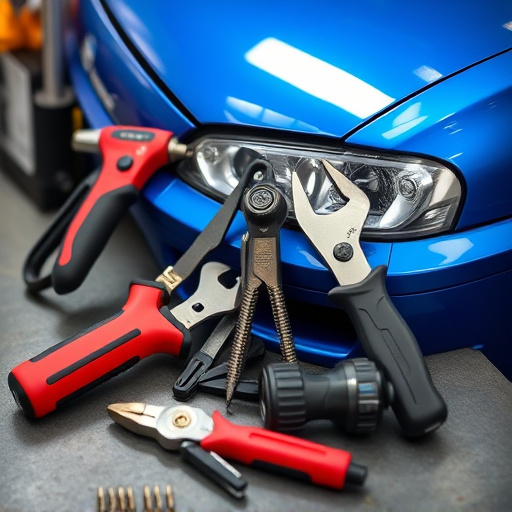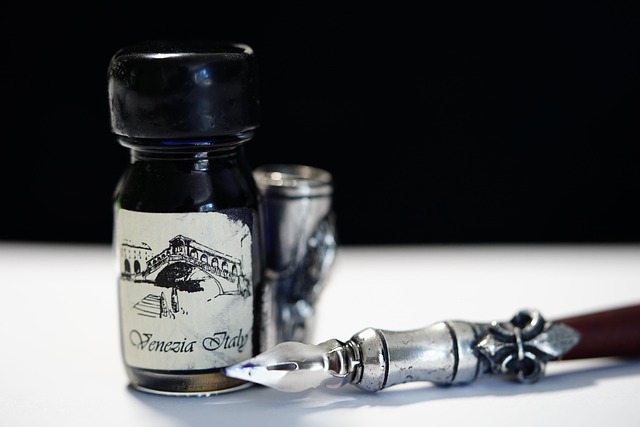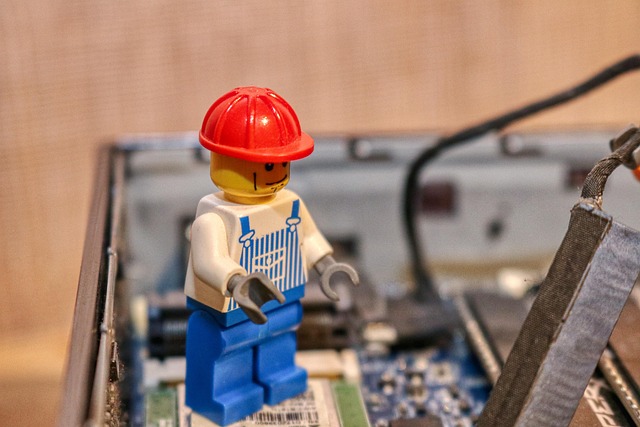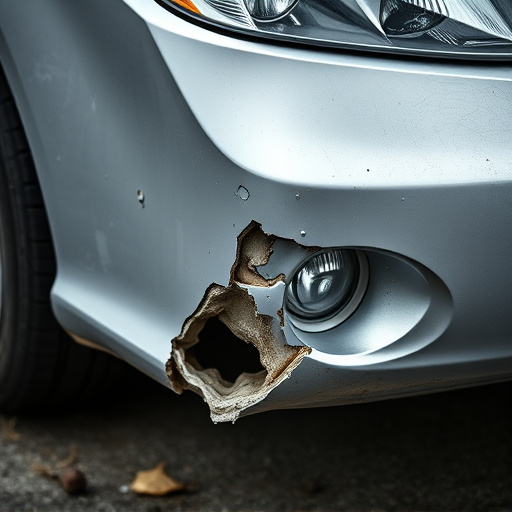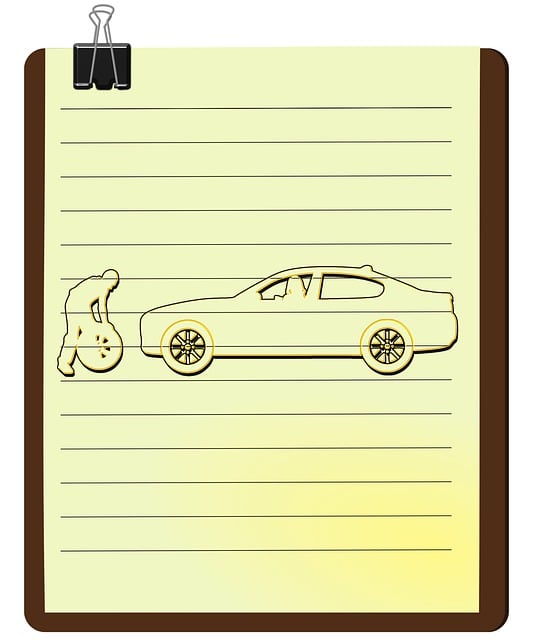Effective OEM repair procedures prioritize using genuine parts and skilled technicians to maintain vehicle integrity. This involves structured training, advanced tools, adherence to manufacturer guidelines, standardized work instructions, quality assurance through audits and feedback, ensuring precision, longevity, and safety standards for complex systems, ultimately enhancing vehicle functionality and aesthetics.
“Uncover the essential steps towards mastering OEM (Original Equipment Manufacturer) repair procedures with our comprehensive guide. This article navigates the intricate process, offering a detailed exploration of its key components and best practices. From understanding the fundamentals to ensuring quality assurance, you’ll gain valuable insights into effective OEM repairs. By following these guidelines, you’ll be equipped to implement successful strategies, ensuring top-tier results in every repair endeavor.”
- Understanding OEM Repair Procedures: A Comprehensive Guide
- Key Components of Effective OEM Repairs: What to Expect
- Best Practices for Successful Implementation and Quality Assurance
Understanding OEM Repair Procedures: A Comprehensive Guide
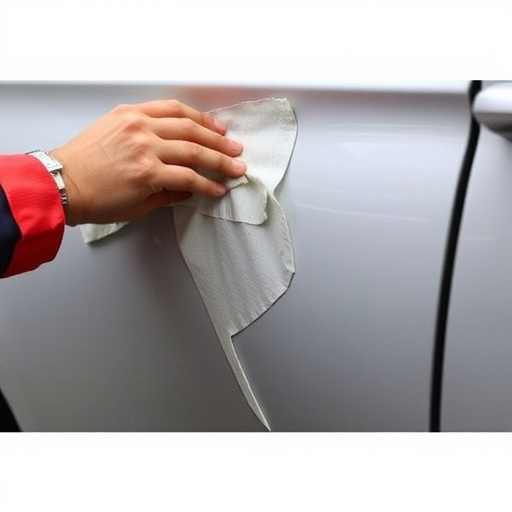
Understanding OEM Repair Procedures: A Comprehensive Guide
OEM (Original Equipment Manufacturer) repair procedures are designed to ensure that vehicle repairs and maintenance are performed to the highest standards, using original equipment and parts. This meticulous approach guarantees that your car or vehicle retains its original performance, safety features, and aesthetics. By following these guidelines, skilled technicians can accurately diagnose issues, replace faulty components, and perform intricate tasks such as auto body repair, engine tuning, and vehicle paint restoration effectively.
Adhering to OEM procedures is crucial for maintaining the integrity of your vehicle. It allows for precise adjustments, ensures compatibility between parts, and guarantees that every step of the repair process aligns with the manufacturer’s specifications. Whether it’s routine auto maintenance or complex car repair services, understanding and implementing OEM repair procedures delivers top-notch results, safeguarding both the functionality and longevity of your vehicle.
Key Components of Effective OEM Repairs: What to Expect
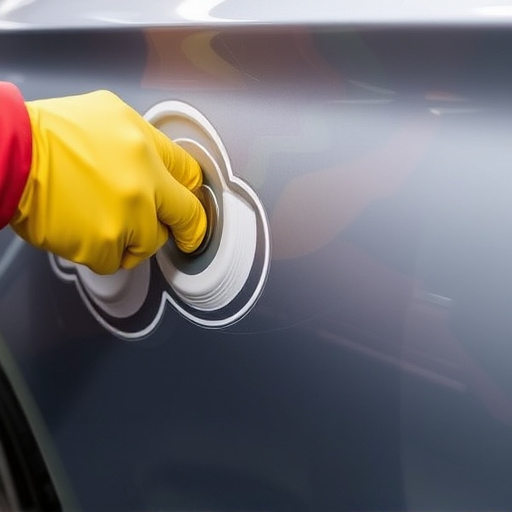
When it comes to effective OEM (Original Equipment Manufacturer) repairs, several key components stand out. First and foremost, using genuine parts ensures that your vehicle retains its original quality and performance standards. Genuine OEM parts are designed and tested by the same manufacturer, guaranteeing a precise fit and reliable functionality. This is particularly crucial for complex systems where even a slight misalignment can lead to long-term issues.
Additionally, experienced technicians play an invaluable role in successful OEM repairs. Skilled auto body shops employ trained professionals who understand the intricate details of vehicle construction. They utilize specialized tools and advanced diagnostic techniques to accurately assess damage, disassemble components as needed, and meticulously rebuild or replace parts according to the manufacturer’s specifications. This meticulous approach ensures that every repair is not just functional but also aligns with the vehicle’s original design intent, ultimately enhancing its longevity and safety.
Best Practices for Successful Implementation and Quality Assurance
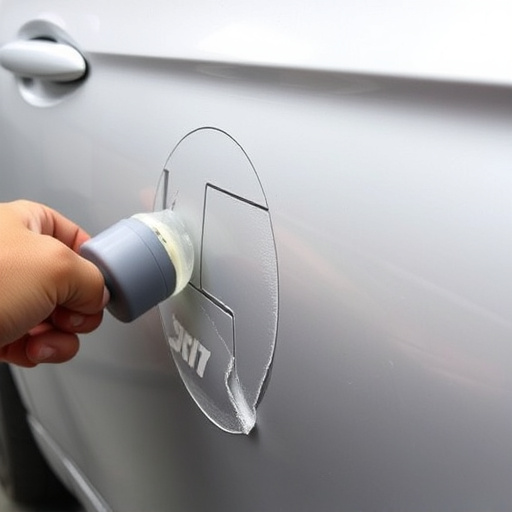
Implementing effective OEM (Original Equipment Manufacturer) repair procedures requires a structured approach to ensure success and maintain high-quality standards. Best practices include comprehensive training for technicians, utilizing up-to-date tools and equipment, and adhering to the manufacturer’s guidelines precisely. Standardized work instructions and clear protocol should be established for each repair process, covering every step from diagnostics to final inspection. This ensures consistency across all repairs, minimizing errors and variations in quality.
Quality assurance is paramount in OEM repair procedures. Regular audits and inspections should be conducted to verify that the procedures are followed correctly. Utilizing advanced diagnostic tools can aid in identifying potential issues early on, allowing for prompt corrections. Additionally, implementing feedback mechanisms from both technicians and customers helps identify areas for improvement, ensuring continuous enhancement of automotive repair services and vehicle repair services overall.
OEM repair procedures are transforming the way we approach manufacturing and maintenance. By understanding key components, best practices, and implementing effective strategies, businesses can enhance quality assurance and streamline operations. Embracing these next steps ensures a robust and efficient process, ultimately benefiting both manufacturers and consumers through reliable product repairs.

